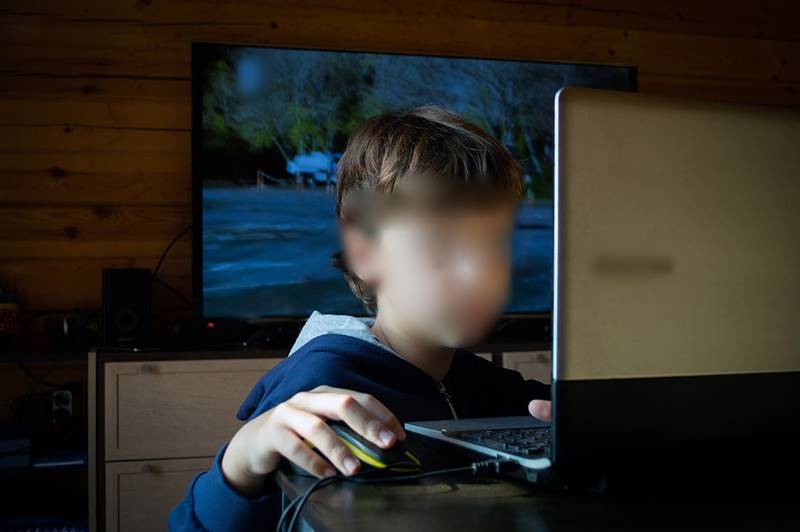A global study of childhood experiences of 18 to 20 year olds, shows respondents who identified as transgender/non-binary, LGBQ+ and/or disabled were more likely to experience online sexual harms during childhood.
The report titled ‘Global Threat Assessment 2021’ shows 65 per cent of respondents who identified as LGBQ+ (lesbian, gay, bisexual) and 59 per cent of respondents who identified as transgender/non-binary experienced an online sexual harm compared to non-LGBQ+ and cisgender counterparts.
Furthermore, more than half (57 per cent) of disabled respondents experienced online sexual harm, compared to 48 per cent of non-disabled respondents.
“Digital platforms have become a common way for children to explore sexuality with their peers, but these for expression and exploration also open doors to new forms of abuse and exploitation,” read the report published today on October 19.
The study conducted between May and June this year, was released by Economist Impact and WeProtect Global Alliance, a global movement of more than 200 governments, private sector companies and civil society organisations working together to transform the global response to child sexual exploitation and abuse online.
As part of the study, more than 5,000 respondents aged 18 to 20 years in 54 countries worldwide who had regular access to the internet as children were interviewed. The countries were aggregated into 12 sub-regions including Central America, North America, Southeast Asia, Southern Africa, South Asia and Western Europe.
The respondents were asked about four types of online sexual harms — being sent sexually-explicit content from an adult or someone they did not know before they were 18, being asked to keep part of their sexually-explicit online relationship with an adult / or someone they did not know before a secret, having sexually-explicit images of them shared without consent (by a peer, adult, or someone they did not know before), being asked to do something sexually-explicit online they were uncomfortable with (by a peer, adult, or someone they did not know before).
Rising sexual abuse during COVID19 pandemic
The assessment report also highlighted that in the past two years the reporting of child sexual exploitation and abuse online has reached its highest levels with the US National Center for Missing and Exploited Children (NCMEC) processing 60,000 reports of child sexual abuse online every day.
It also quoted a 2020 study that highlighted India has seen a 95 per cent increase in internet searches for child sexual abuse materials during COVID19.
“The internet has become central to children’s lives across the world, even more so as a result of the COVID-19 pandemic. Over the past two years, we have observed an increase in the scale and complexity of child sexual abuse online,” Iain Drennan, Executive Director of WeProtect Global Alliance, was quoted as saying the press statement.
“This report should act as a wake-up call to us all; together we must step up the global response and create a safer digital world for all children,” Drennan added.
The child online sexual harms are not limited to a particular region. It is “occuring everywhere”, highlights the report. Of all regions, the highest online abuse was reported in North America at 71 per cent and 50 per cent in South Asia.
Also Read: ‘Women’s courts’ in UP villages address gender violence














